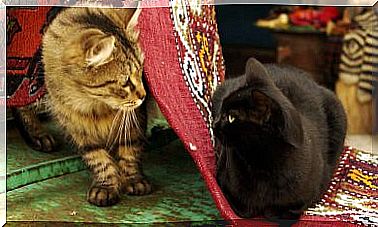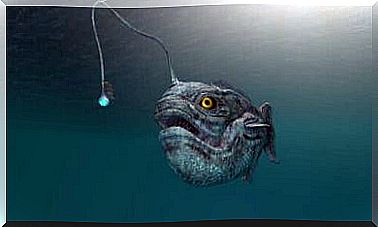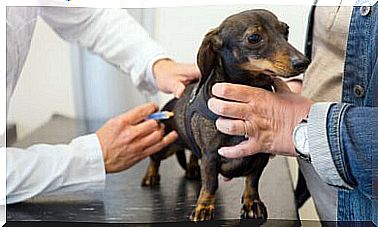Do You Know How Cats Give Birth?
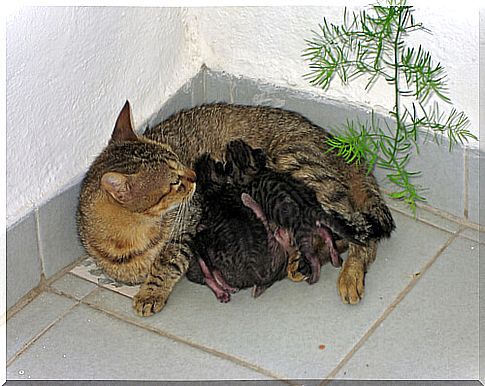
The gestation until the parturition of cats normally lasts between 57 and 63 days, always happening around 60 days. Cat delivery is generally comfortable and smooth, however, it is important to learn about the different aspects of this time, so that you can provide all the health care required for your pet cat and future kittens.
The first thing you should keep in mind is time, so it ‘s important that you remember how long your cat’s pregnancy is. In the ninth week (just like the bitches), the cats begin to reduce physical activity. They will look for a warm, dark and lonely place to have their puppies.
You will be able to identify that it is close to the time of birth because the cat begins to show signs of stress, especially due to the volume of her stomach, which will have increased considerably, causing difficulties in locomotion (and even in keeping herself lying in the same position) .
You will also notice the breast enlargement, and you will be able to see the pups move in the cat’s abdomen, while the perianal area is still flaccid.
the time for the cats to give birth
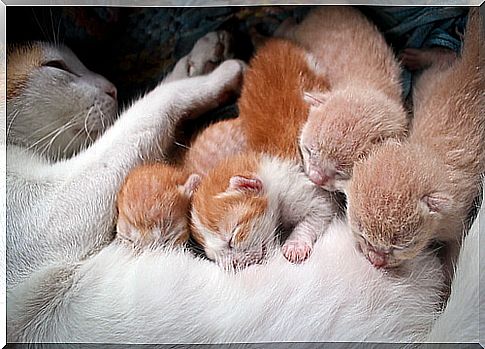
When the time comes for delivery, the cat will stain a little more than usual, she will feel a little pain because of the contractions. Then she will take a position similar to the one she has when she defecates and will give birth to the first kitten.
The birth of the first kitten can take up to half an hour and is usually and immediately followed by the second birth. The next births, starting with the third kitten, may take place at intervals of up to one hour between one another.
A normal birth can take up to 24 hours, but this can vary according to the intervals between each kitten’s birth. For this reason, it is preferable to leave a dish of food and water close to the mother, so that she can feed and regain the strength she must have to continue giving birth.
Once the birth contractions are over, the cat brings the puppies closer to the breasts and starts to take care of them. Normally, placentas come out with the kittens, or shortly after giving birth, and female cats tend to eat.
She may have a little diarrhea the next day, but don’t be scared. The mother’s hydration must be monitored.
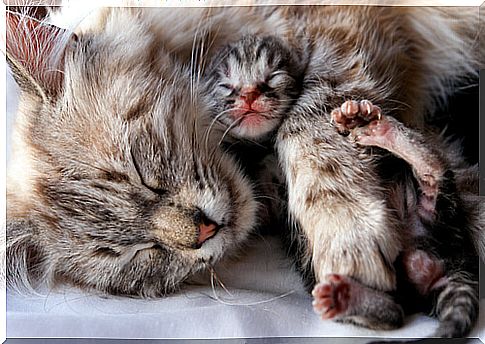
The cat will not require any support to have a successful birth, however, there are some things you should pay attention to, as they are cause for alarm:
More than four hours pass and the kitten does not come. Perhaps one or more kittens were trapped in the uterine canal, preventing the others from getting out. This situation is very dangerous and you must go to the vet immediately to save the lives of the puppies.
Make sure that the cat has expelled all the kittens during the birth, sometimes the kittens are lodged in the uterine tract, it can be the product of a possible miscarriage or any other type of difficulty that has been presented during the birth.
Appearance of dark and fetid secretions days after the cats give birth. This could mean that your cat has developed an infection, or that a dead kitten is still in her uterus.
If your cat has a fever the day before giving birth, it is possible that she has an infection. The best thing you can do is take her to the veterinarian to assess the risk of contagion for the puppies or to find out if the cat is able to handle the birth.
If the cat is very quiet during delivery, it is an indication that something is wrong, it may be that she is too exhausted to give birth, she may be sick, or it may be that some situation is causing a lot of pain.
The cat tends to recognize sick chicks and abandon them, or, after cutting the umbilical cord, devour sick chicks. You will have to be on the lookout for rejected kittens to prevent the mother from eating them.


